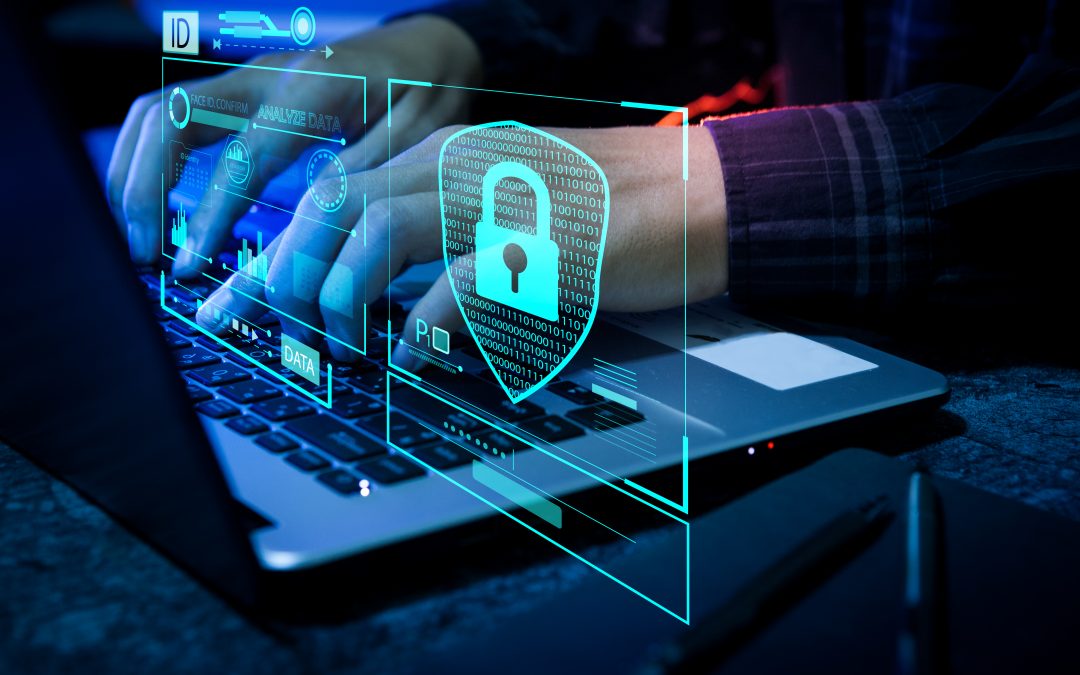Safeguarding the Digital Frontier: A Deep Dive into Cybersecurity
In an era dominated by technology, where the digital landscape is an integral part of our daily lives, the importance of cybersecurity cannot be overstated. As we rely on interconnected devices, networks, and systems, the need to protect our digital assets from malicious actors has become paramount. This blog aims to shed light on the world of cybersecurity, exploring its significance, challenges, and proactive measures to ensure a secure digital future.
The Growing Significance of Cybersecurity
The rapid digitization of society has led to an explosion in data generation and consumption. From personal information to critical infrastructure, virtually every aspect of our lives is now stored, processed, and managed digitally. This wealth of data presents an attractive target for cybercriminals who seek to exploit vulnerabilities for financial gain, political motives, or even personal vendettas.
Cybersecurity, therefore, plays a crucial role in safeguarding individuals, businesses, and governments from cyber threats. It encompasses a range of practices, technologies, and strategies aimed at protecting data, systems, and networks from unauthorized access, attacks, and damage.
Common Cyber Threats
Understanding the various cyber threats is essential to developing effective cybersecurity measures. Some common threats include:
-
Malware: Malicious software designed to disrupt, damage, or gain unauthorized access to computer systems.
-
Phishing: Deceptive attempts to acquire sensitive information, such as passwords or financial details, by posing as a trustworthy entity.
-
Ransomware: Malware that encrypts a user's data and demands payment for its release.
-
Denial of Service (DoS) Attacks: Overwhelming a system, network, or website with traffic to make it unavailable to users.
-
Insider Threats: Threats originating from within an organization, either through intentional or unintentional actions of employees.
Challenges in Cybersecurity
The dynamic nature of technology and the ever-evolving tactics of cybercriminals present significant challenges in the realm of cybersecurity. Some of the key challenges include:
-
Zero-Day Vulnerabilities: Unpatched and unknown security flaws that attackers exploit before a fix is available.
-
Sophisticated Attack Techniques: Cybercriminals continually refine their methods, using advanced techniques to bypass traditional security measures.
-
Interconnected Systems: The increasing interconnectivity of devices and networks creates a broader attack surface, providing more entry points for hackers.
-
Human Factor: Despite technological advancements, human error remains a significant factor in cybersecurity breaches. Phishing attacks, for example, often target individuals who unknowingly compromise security.
Proactive Measures for Cybersecurity
To stay ahead of cyber threats, individuals and organizations should adopt a proactive approach to cybersecurity. Some key measures include:
-
Regular Software Updates: Keeping software, operating systems, and applications up to date helps patch known vulnerabilities.
-
Strong Authentication: Implementing multi-factor authentication adds an extra layer of security beyond passwords.
-
Employee Training: Educating individuals within an organization about cybersecurity best practices reduces the risk of falling victim to social engineering attacks.
-
Network Security: Employing firewalls, intrusion detection systems, and encryption technologies to secure networks.
-
Incident Response Plans: Developing and regularly testing incident response plans ensures a swift and effective response in the event of a cyber attack.
As our reliance on technology deepens, so does the need for robust cybersecurity measures. The interconnected nature of the digital landscape requires a collective effort to protect our personal information, businesses, and critical infrastructure. By staying informed about the latest threats and implementing proactive security measures, we can collectively build a resilient defense against the evolving challenges in the realm of cybersecurity.







